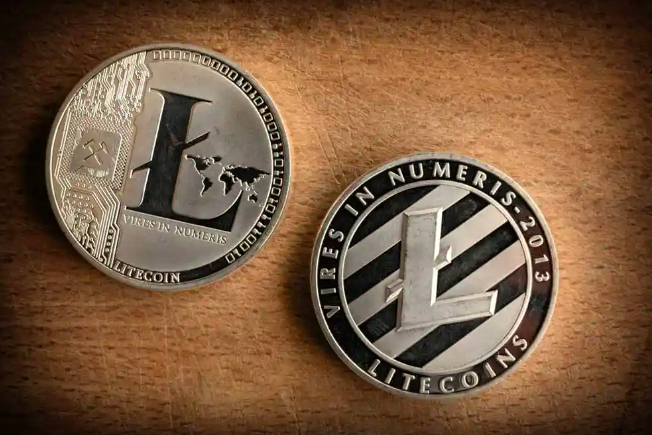Bank of China: Digital yuan transactions volume crossed $14B mark

China’s central bank digital currency (CBDC) project has reached the mark of close to $14 billion, or 100.04 billion yuan, of made transactions during its pilot phase. It makes digital yuan, the e-CNY, the most widely adopted CBDC in the world.
As the Bank of China reported in the post on its official WeChat page on Oct. 10, by the end of the summer, the number of transactions made in 15 provinces within the CBDC pilot framework had reached 360 million. More than 5.6 million merchant stores already support the digital yuan as a legal tender, according to the post.
The pilot is expanding among some state institutions as well, covering a wide range of citizen payments:
“Multiple e-government service platforms have opened digital renminbi payment services, supporting online and offline channels to handle various public utility payments, using digital renminbi to issue tax rebate funds, special funds for monthly medical insurance payment, funds for helping people in need, and ‘specialized, special and new’ enterprise support funds, etc.”
The financial regulator shared its plans for the project development, which include launching the cross-border payments between Hong Kong and mainland China, actively exploring the multilateral cross-border option in collaboration with the Bank for International Settlement and following the principle of “anonymity for small amounts and traceability of large amounts” to protect the user’s personal data.
With its first CBDC trials launched in April 2020, China’s central bank has been aiming to eventually replace cash with the digital yuan. In September 2022, it shared plans to expand the deployment of the e-CNY to four of the country’s provinces, including Guangdong (earlier, the pilot ran only in separate cities).
Interestingly enough, the Bank of China reported about $13 billion (87.5 billion yuan) worth of transactions by January 2022 — with the fresh update, it could mean that in the last seven months, the overall amount of new transactions didn’t exceed $1 billion.
This article is authorized for publication, and unless the source is indicated, it is submitted by users and does not represent the position of our website. If the content involves investment suggestions, it is for reference only and not as an investment basis.







